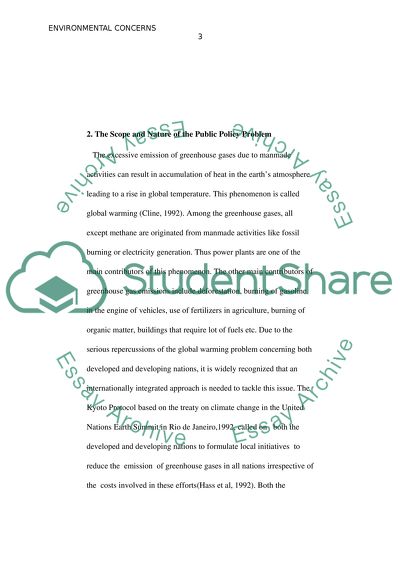Cite this document
(“Environmental Concerns Research Paper Example | Topics and Well Written Essays - 2500 words”, n.d.)
Retrieved from https://studentshare.org/miscellaneous/1571018-environmental-concerns
Retrieved from https://studentshare.org/miscellaneous/1571018-environmental-concerns
(Environmental Concerns Research Paper Example | Topics and Well Written Essays - 2500 Words)
https://studentshare.org/miscellaneous/1571018-environmental-concerns.
https://studentshare.org/miscellaneous/1571018-environmental-concerns.
“Environmental Concerns Research Paper Example | Topics and Well Written Essays - 2500 Words”, n.d. https://studentshare.org/miscellaneous/1571018-environmental-concerns.


